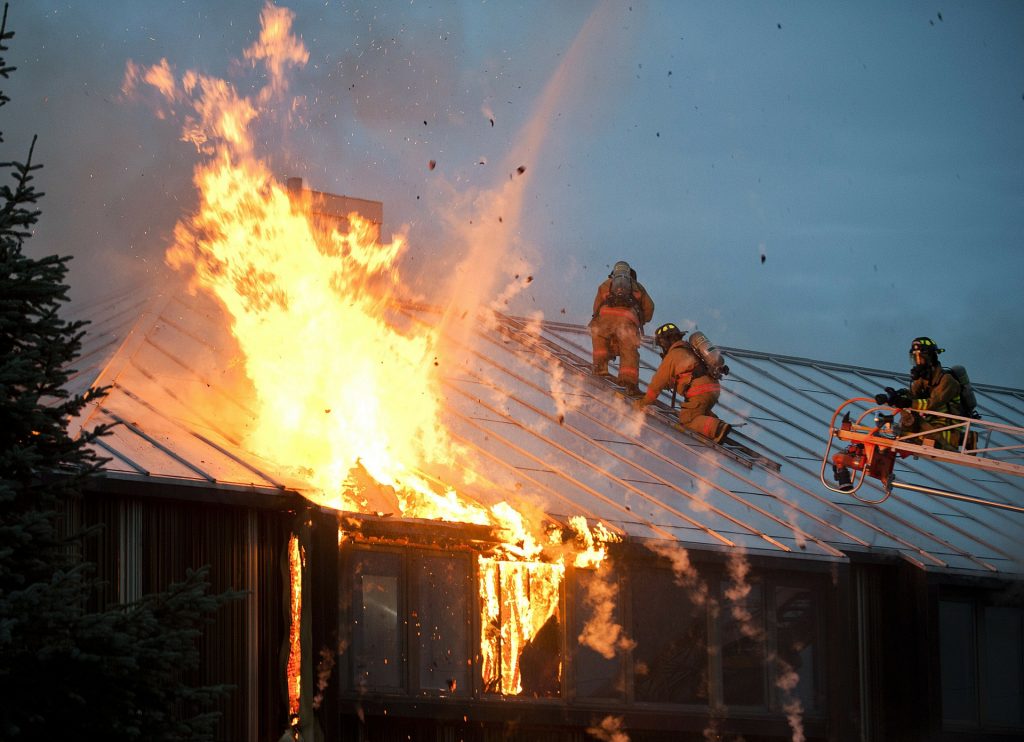MARCH 2021, issue 1
ELITE PERMITS
BRIEFING ON CONSTRUCTION & Some other stuff


Written by TATIANA gUSt
In an emergency….look for the alternative exit!
When I started working on building code compliance almost 15 years ago, I wasn’t aware of the multiple exits that are required for buildings, I just thought they were optional exits by the architect but they are there for a reason. Any space that can accommodate more than 50 people must have a secondary exit so people can go in different ways. This is nothing more than another safe way to get out of the space.
Why is this important? It is important that you are cognitively aware of your environment when you are in a place that you are not familiar, so in case of an emergency, you can safely reach an exit.
It is normal human behavior, when an emergency arises, trying to leave the space in the same manner that you came in. The main reason for this, is that you may be unfamiliar with your surroundings and you recognize the way that you came in.
In largely populated spaces, or when danger is imminent this behavior pattern can be very dangerous and even fatal in some cases. There is a very gruesome example that occurred on Rodhe Island in February 2003, a fire in a nightclub that killed over 100 people and injured another 230. In this fire, people panicked and, in their rush to go back to the main entry, people fell and blocked the entry way preventing more people from reaching safety. Meanwhile, someone with a camera was able to film the fire and caught on video that nobody was using the second exit in the nightclub. Link to the video here. (caution this video has strong images)
The emergency may not only be a fire but can also be a shooting, or other emergency that may require people to evacuate a space rapidly. Studies of fire behaviors have demonstrated that people not always rush to make a move, sometimes people don’t realize or don’t believe the emergency and they stay in place, or take significant time to process the information. It is for this reason that, next time when you are at an event or in a restaurant, consiously look for your surroundings to familiarize yourself in case an emergency occurs. Maybe get in the habit to leave by any of these secondary exits just to check how they are. Occupied spaces MUST have these exits available when the space is occupied, so go ahead they are there for you to use.
I don’t want by any means make you a paranoiac person, but the more you do this, you will train your mind to look for different exits, and if at any point in the future, God forbid, you are in a situation that requires you to evacuate, you might save someone else’s life.
If you like our topics, please let share our blogs with others so we can share the knowledge.







